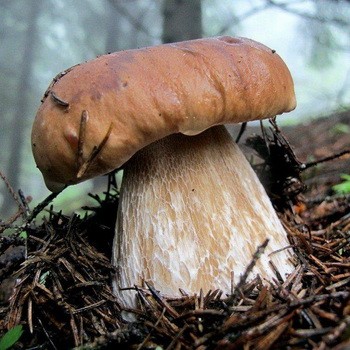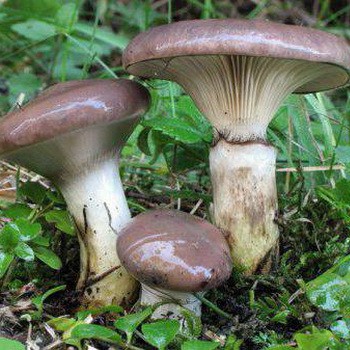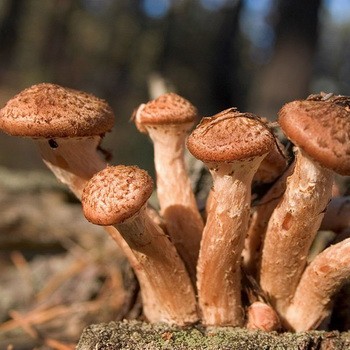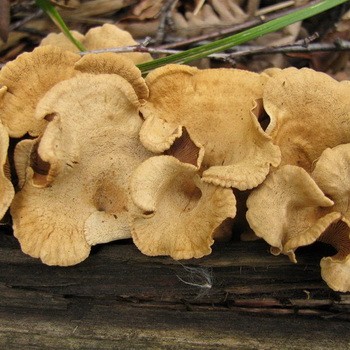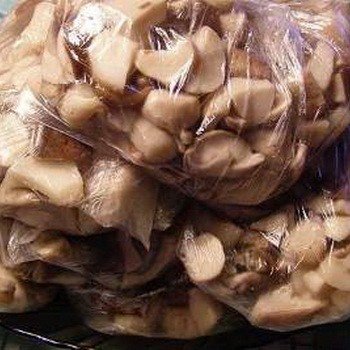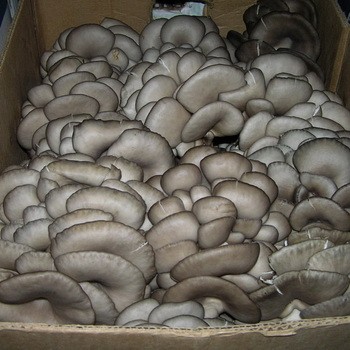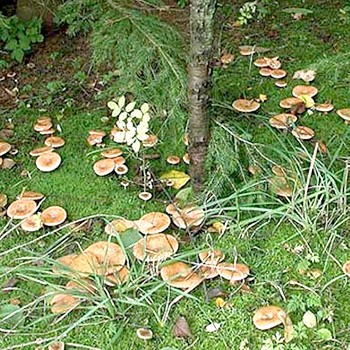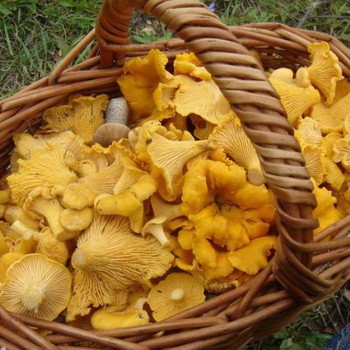Oyster mushroom picking: tips for beginner mushroom pickers
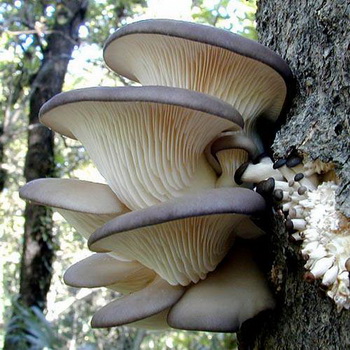
Content
How to collect oyster mushrooms in the forest and where they grow
It is worth noting that oyster mushroom is very appreciated by knowledgeable people, especially those who adhere to dietary nutrition. This mushroom is considered the lowest-calorie of all fruiting bodies, but this does not prevent it from being very useful. It contains a mass of substances and microelements necessary for the human body: protein, amino acids, phosphorus, ascorbic acid, iron, calcium, etc.
When beginning mushroom pickers learn more about oyster mushrooms: how to collect them in the forest, where they grow and what useful properties they have, then these mushrooms immediately go into the category of loved ones.
I must say that the collection of oyster mushrooms takes place all year round, so you can "hunt" for them in the winter. Now with confidence you can go into the forest and look not only under your feet in search of mushrooms, but also carefully examine the trees. Oyster mushrooms cling to tree trunks and grow in large colonies. Therefore, these mushrooms gather very quickly in whole baskets.

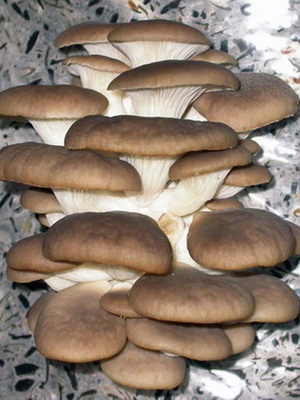
When the time is right for the collection of oyster mushroom, each mushroom picker should “arm” with certain information. In particular, he needs to know that these fruiting bodies are located in whole families on the trunks of weakened trees, stumps, snags. Oyster mushrooms are carnivorous fungi that can paralyze and then digest celiac worms. It is for this reason that these fungi are never wormy.
During the collection of oyster mushrooms in the forest, no one, not even a beginning mushroom picker, will be able to make a mistake in these fruiting bodies. The first rule: they grow on trees, on fallen and rotten stumps. Second: about 40 mushrooms make up a multi-tiered fan-shaped structure, as if it hangs, and the oyster mushroom smells like anise. The legs of these mushrooms are short and slightly curved. The hats are fleshy, dark gray with wavy edges. Older mushrooms have a gray-purple hats. Old oyster mushrooms have caps with a yellowish tinge and rare plates under them.
The best time to pick oyster mushrooms in the forest
Oyster mushrooms are so viable and hardy that they bear fruit all year round. Therefore, the time for collecting oyster mushrooms in the forest is unlimited. Mushroom pickers happily collect them, starting in early spring and ending with the end of the year. However, if the winter was warm, then the crop can be harvested even in January. Although traditionally, the best time to collect oyster mushrooms in the forest is summer and autumn - when it is warm, sunny and rainy.
Experienced mushroom pickers advise their novice colleagues to pick mushrooms, the hat diameter of which does not exceed 10 cm. Such mushrooms are very tender and perfect for preparing any dishes. In addition, it is better not to take the legs of old mushrooms, because they are not tasty and stiff. It turns out that oyster mushrooms lack poisonous doubles.Therefore, if on a tree or stump you see a colony of mushrooms - take it without hesitation.
I want to say that in nature, oyster mushrooms begin bearing fruit from March to November. But as mentioned above, even in December, you can safely go for mushrooms. Oyster mushrooms need to be cut all at once, despite the fact that there are fungi of different stages of development in the joint. Do not leave small ones, as they will die on a cut joint without their older relatives. Moreover, at the base all oyster mushrooms are connected into one whole.
The collection of oyster mushrooms in Russia occurs from September to December, since in this region the most common species (oyster mushroom) prefers low temperatures. Therefore, if the weather is cool for a long time in the summer, feel free to go to the forest to harvest.
Since this type of fungus is cold-resistant, in different regions oyster mushroom harvesting can vary from early spring to mid-winter, that is, almost the entire year. Therefore, there is nothing strange if the winter forest pleases mushroom pickers with delicious mushrooms. The only sad thing is that there are very few species such as oyster mushrooms.
In winter, you can combine the useful and the hidden: skiing in the winter forest and searching for delicacies. By the way, mushrooms are much easier to pick in winter than in summer or autumn. In the leafless forest, oyster mushrooms can be seen from afar, especially since they grow in large colonies.
Oyster mushrooms often resemble another mushroom to taste. champignon. Of the 7 types of edible oyster mushrooms - 5 species are rich in trace elements and vitamins necessary for the human body. Those who once tried forest oyster mushrooms will always look for them in the forest.
